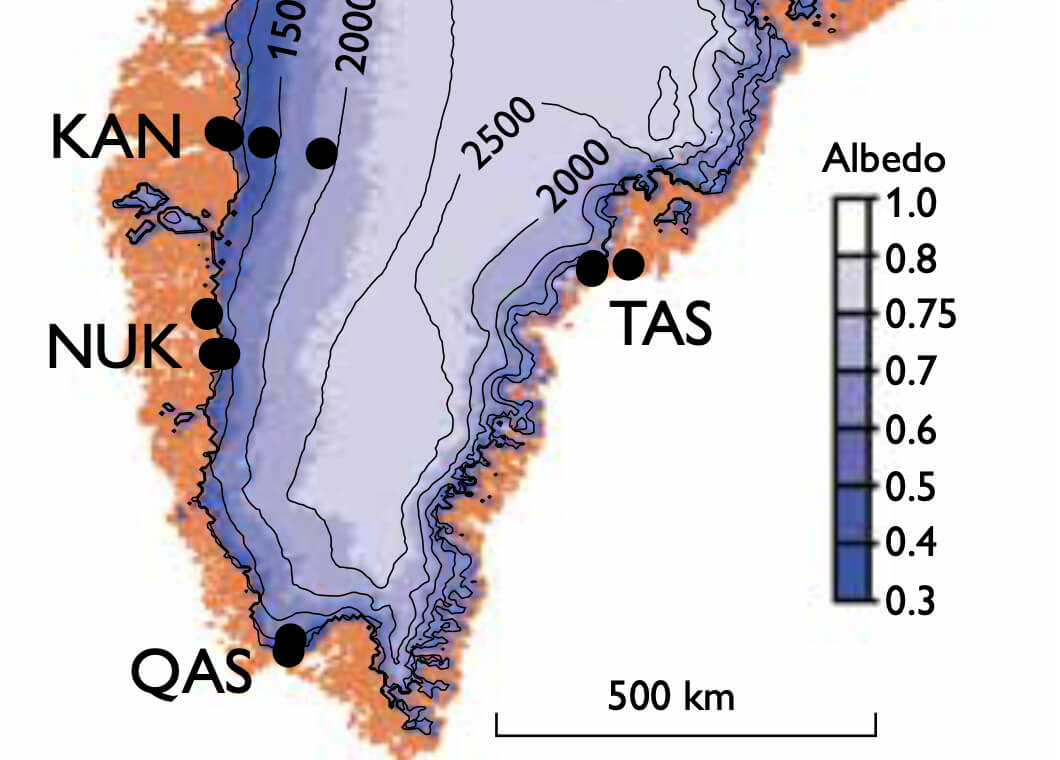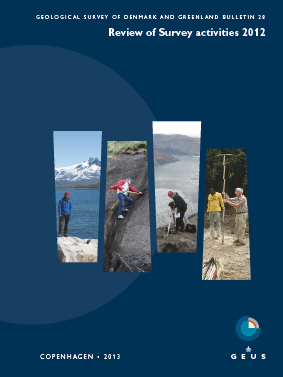
How to Cite
Share
Abstract
The Greenland ice sheet is losing mass (Barletta et al. 2012) and at least half of this loss is caused by an increase in surface melt (e.g. Tedesco et al. 2013). The other part is caused by increased dynamic mass loss, as marine-terminating glaciers lose resistive stresses (Nick et al. 2009) due to both retreat and meltwater lubrication at the bed (Sasgen et al. 2012). In 2007, the Programme for Monitoring of the Greenland Ice Sheet (PROMICE) was initiated with the aim of gaining an insight into the causes of the ice-mass budget changes based on quantitative observations. This is primarily done by assessing how much mass is gained as snow accumulation on the surface versus how much is lost by calving and surface ablation (Ahlstrøm et al. 2008). PROMICE monitors the surface mass balance by means of automatic weather stations (AWSs) designed to quantify accumulation and ablation, as well as the specific energy sources contributing to ablation. These observations are vital to interpreting the physical mechanisms for ice-sheet response to climate change and for the calibration and validation of both satellite observations and climate models.
How to Cite
Share
Copyright (c) 2013 Dirk van As, Robert S Fausto, William T Colgan, Jason E Box, * PROMICE project team

This work is licensed under a Creative Commons Attribution 4.0 International License.
Downloads
Edited by Ole Bennike, Adam A. Garde and W. Stuart Watt
This Review of Survey activities presents a selection of 17 papers reflecting the wide spectrum of activities of the Geological Survey of Denmark and Greenland, from the microscopic to the plate-tectonic level.
The Survey's activities in Denmark and surrounding areas are [...]









